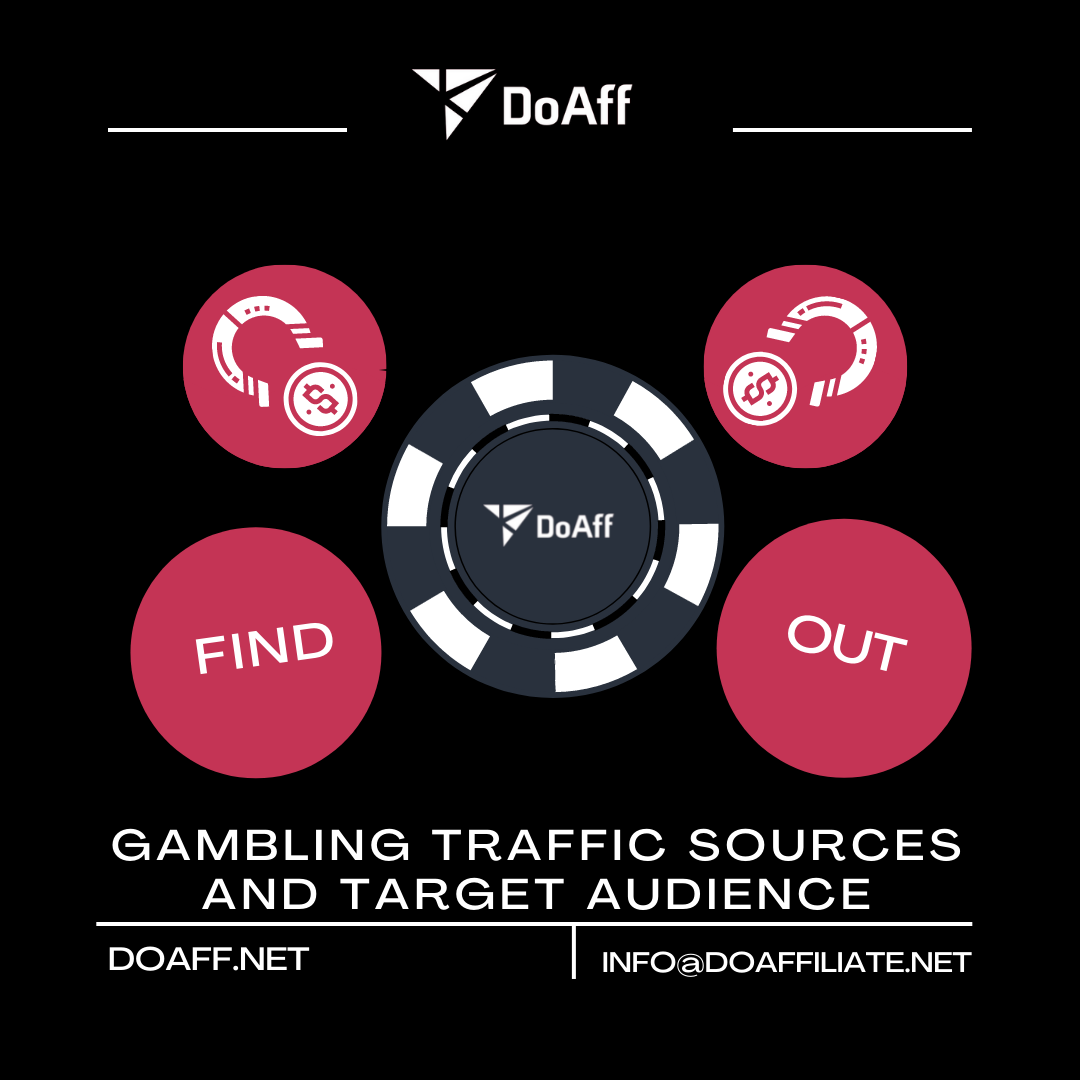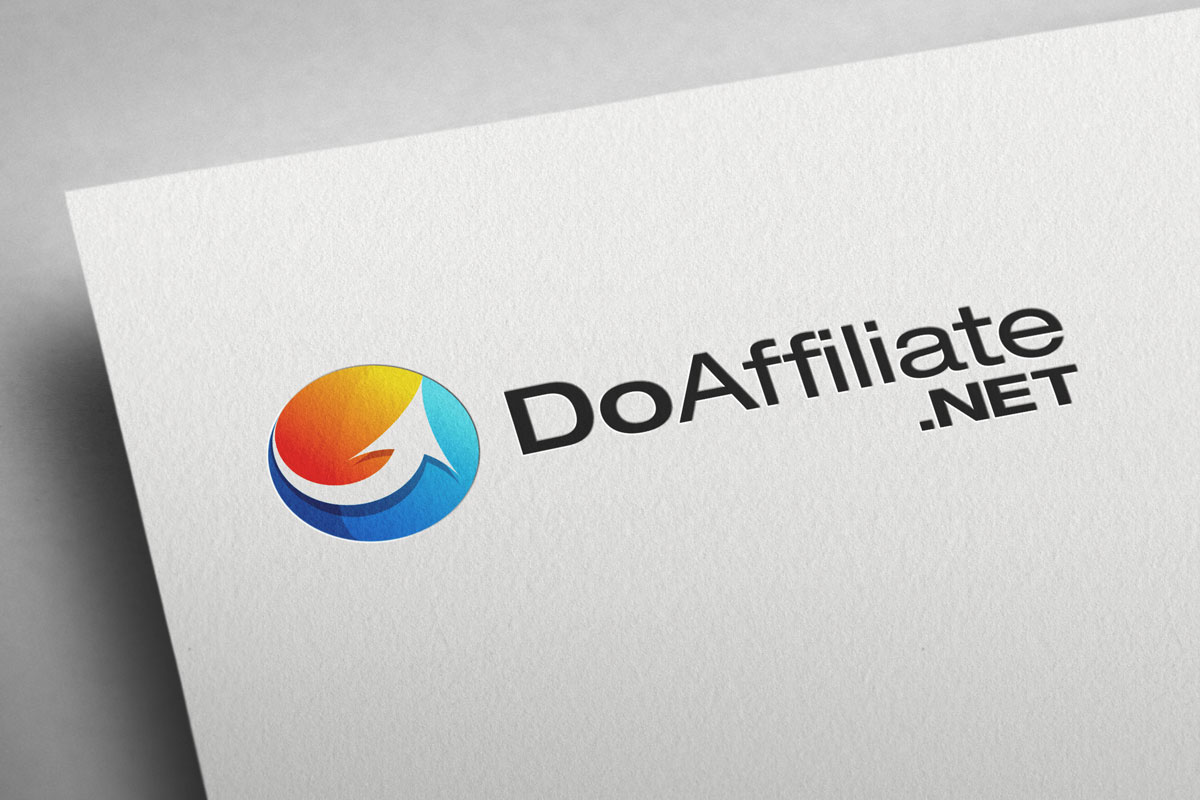On June 22, 2020, Apple announces the fourteenth version of the iOS mobile operating system. Apple users are waiting for the update. Everyone is wondering how the developers will please their customers this time.
On September 16, 2020 the official release of the update. Apple is bringing in an incredible number of additions, which include: App Clips, redesigned Memoji, redesigned Siri, widgets, Picture-in-Picture, and more. Product users are happy and take full advantage of the new features.
Then the iOS 14.1 update comes out. There are no significant changes. This is followed by iOS 14.2, and the Safari app displays a Privacy Statement for privacy information.
This paragraph does not carry any changes. But this is only for ordinary users of iPhone, iPad and other Apple products. Marketers and entrepreneurs notice glitches in advertising for their products and services. Reach and ad impressions are dropping. Conversions are not displayed in the ad account. Retargeting doesn’t work at all. And the most important thing is the blocking of advertising accounts. Marketers sound the alarm and try with all their might to find a way out of the situation.
On April 26, 2021, Apple releases a new iOS 14.5 update. The richest iOS update since the release of the fourteenth version. Unlock iPhone with Face ID with Apple Watch, 5G support, battery calibration, new voices for Siri, and more. And the most important thing is the anti-tracking system. Everything falls into place. The system prohibits developers from spying on users without their permission.
After installing the update, all App Store applications must request permission from users to track their actions both in applications and on websites through the Apple Tracking Transparency Promt. Users who have given consent will be considered OPT-IN and trackable. Users who have not given consent will be considered OPT-OUT. The IDFA value in the data transfer will contain only zeros and will be subject to tracking restrictions.
The IDFA value is the device number that Apple assigns to each device. Advertisers use this tracking number. In order to continue collecting the identifier, 2 conditions must be met: Facebook (and other App Store applications) sent Apple Tracking Transparency Promt and the user agreed to track the data.
Let’s take an example:
Before the update. Facebook Pixel reads all information about users on the site: actions, sections of interest, products or services of interest. Marketers launch new ads based on the information received (retargeting), and thus increase the number of sales.
After update. The Facebook Pixel can no longer track all website activity. In the settings of advertising campaigns, you can set only a few actions for tracking. From this it follows that it becomes more difficult to direct new advertisements for those products or services to the site visitor.
Facebook proposed the AEM protocol – Aggregated Event Measurement. Thanks to him, it will be possible to partially track users through App to Web, using a Facebook user ID, without Apple’s involvement.
On April 22, 2021, Facebook launched an e-mail newsletter. In the letter, he warned users that as soon as they update their devices to iOS 14.5 and enter the application (any from the App Store), the system will detect this and exclude them from tracking forever (if they refuse tracking).
Will these changes kill online advertising? No, they won’t. Analysts predict a 50/50 division of users into OPT-IN and OPT-OUT. Therefore, OPT-IN users can be tracked and advertised, and OPT-OUT users will see irrelevant ads more often. The division process will take 2-3 months, and during this time marketers will have time to prepare and find a solution to the problem.
Stay tuned.












